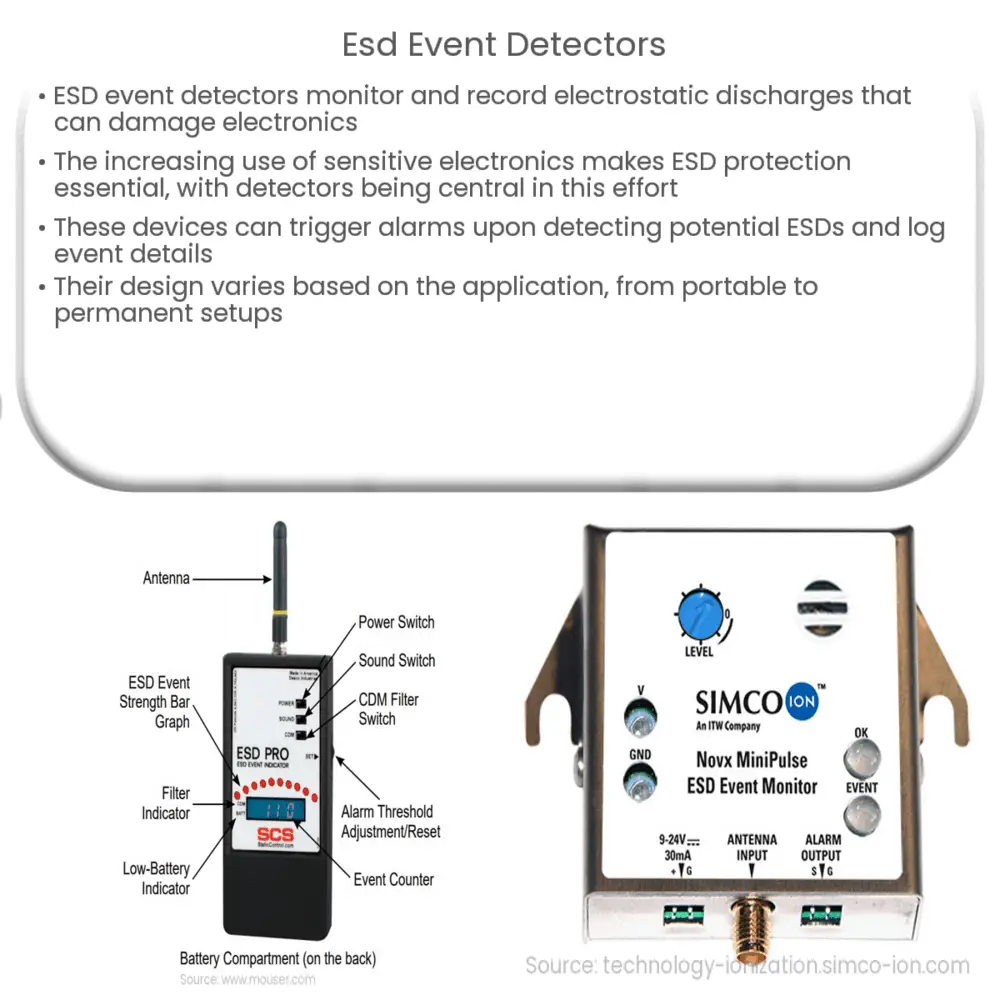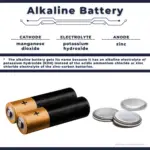Explore the importance of Electrostatic Discharge (ESD) event detectors, their functions, types, applications, and role in protecting electronics.

Understanding ESD Event Detectors
Electrostatic Discharge (ESD) event detectors, as their name implies, are specifically designed to detect, monitor, and record electrostatic discharge events. These events are abrupt, intense electric currents that can cause significant damage to electronic devices and systems, leading to product failures, data loss, and reduced system reliability.
The Importance of ESD Event Detectors
As our reliance on sensitive electronic devices continues to grow, the need for effective ESD protection has become more pressing than ever. ESD event detectors are a crucial tool in this endeavor. These detectors not only help identify potential ESD events, but they also play a critical role in the development and testing of ESD protection strategies and devices.
How ESD Event Detectors Work
At a basic level, ESD event detectors work by continuously monitoring the environment for changes in electrostatic voltage levels. They are often connected to, or embedded in, electronic systems where they monitor the electrostatic environment.
- When a potential ESD event is detected, the device triggers an alarm or a signal, allowing the potential issue to be addressed before damage occurs.
- They can also log data about the event, such as its duration, amplitude, and time of occurrence, which can be used for later analysis.
The specific design and functionality of an ESD event detector can vary greatly depending on the application. Some are designed to be portable and easy to use in a variety of settings, while others are more complex and designed for permanent installation in a specific environment or system.
The Impact of ESD on Electronic Devices
ESD can have a wide range of effects on electronic devices. It can cause immediate physical damage to the device’s internal components, leading to outright failure. In other cases, ESD can cause less noticeable, but equally serious, degradation of the device’s performance over time.
Without effective ESD detection and prevention, the reliability and lifespan of electronic devices can be severely compromised. This is why ESD event detectors have become such a crucial tool in today’s electronic-dependent world.
The world of ESD event detectors is a complex one, with a variety of different technologies and strategies used to detect and prevent ESD events. In the next section, we will delve deeper into the types of ESD event detectors, their applications, and their benefits.
Types of ESD Event Detectors
There are several different types of ESD event detectors available, each with their own strengths and areas of application. Some of the most common include:
- Handheld ESD Event Detectors: These devices are portable and versatile, often used in field service applications or in environments where permanent installation is not practical.
- Fixed ESD Event Detectors: These are typically installed in specific locations within a facility, providing continuous monitoring of the electrostatic environment.
- Networked ESD Event Detectors: These systems can monitor multiple locations simultaneously, providing a comprehensive view of the electrostatic environment across an entire facility or system.
Applications and Benefits of ESD Event Detectors
ESD event detectors have a wide range of applications in various industries. They are often used in the production and testing of electronic components and systems, where they help to ensure that products meet the required ESD protection standards.
They are also used in environments such as data centers, telecommunications facilities, and other settings where sensitive electronics are in use. Here, they provide an important line of defense against ESD-related damage and disruption.
The benefits of using ESD event detectors are significant. By providing real-time monitoring and detection of ESD events, they enable quick response to potential issues, reducing the risk of damage to sensitive electronics. They also aid in the development and refinement of ESD protection strategies, contributing to improved product reliability and lifespan.
Conclusion
In conclusion, ESD event detectors play a vital role in protecting sensitive electronic equipment and systems from the harmful effects of Electrostatic Discharge. With their ability to monitor, detect, and provide essential data about ESD events, these devices are an indispensable tool in a wide variety of industries.
As our reliance on electronics continues to grow, and as these devices become increasingly sensitive to ESD, the importance of effective ESD detection and protection is only set to increase. Whether you’re involved in the production of electronic components, running a data center, or working in any other field where electronics play a critical role, an understanding of ESD and the use of ESD event detectors could prove crucial to your success.



